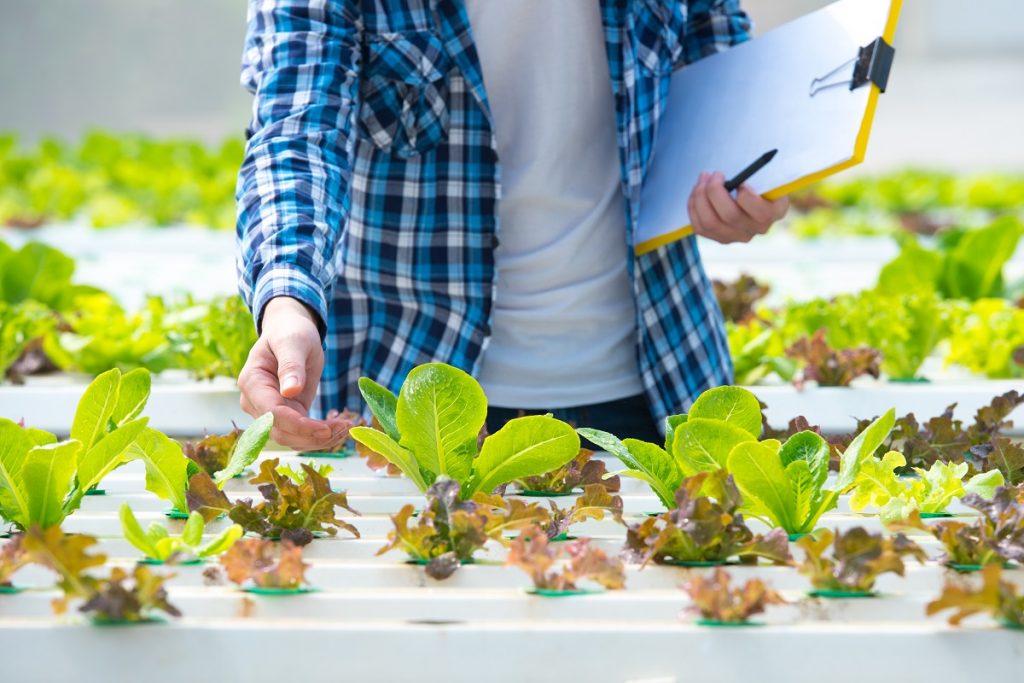From an outsider, the thought of growing and cultivating plants seems like too much unnecessary work. That’s why it’s not uncommon to hear people ask, “why should you start a garden?” Actually, the question should be, why shouldn’t you?
Starting your garden has never been simpler these days with the help of lots of different gardening equipment. In fact, even people who live in a city where there is a limited land area have no more reason to avoid gardening.
Don’t worry. Aside from the fact that you’d be with your plants, you’ll never be alone because, in this journey, you have us and all the other green thumbs out there. If you’re ready to uncover the secrets of gardening, we’re here to shed some light on the unknown.

Grow Lights for Indoor Plants
With the recent rise in the number of people trying out gardening, the demand for various pieces of equipment that help cultivate indoor gardens has increased. One common flaw that indoor gardeners have all came across is the problem of letting sunlight reach their plants.
Various solutions have been proposed, but none has been sufficient and convenient enough, except for one. In the pursuit of finding out the best light source alternative, grow lights were invented and are now widely used in many households worldwide.
Since traditional indoor lighting did not show promising results in supporting the plants’ photosynthesis, a certain type of lighting specifically intended to aid plants’ natural processes was developed. Grow lights aim to provide the right spectrum and intensity of light as an alternative for sunlight.
How Do Grow Lights Work?
Different colors of the spectrum have their own intensity and properties. This means that using various grow light colors would also have various effects on a plant’s growth. For example, blue and red grow lights promote the natural cycle of plant growth.
When other colors are used, different influences will affect the plants. Far-red and green, for instance, deposit necessary information on the plants about their environment, further promoting its growth.
One major advantage of grow lights is that they can utilize a combination of colors simultaneously. That being said, when you use the full spectrum of colors, you have something similar to sunlight, and we all know that plants need sunlight to survive.
Types of Grow Lights
When it comes to grow lights, you have lots of options available. Each type of grow lights affects the growth of the plants, and it’s for you to decide what would be the best choice for your indoor garden. That being said, here are the different types of grow lights that you can use.
LED
The rookie, when it comes to grow lights, are LEDs, but the results are promising. Its phenomenal and almost unstoppable rise to popularity is thanks to the culmination of the positive aspects of all the other types of grow lights. LED grow lights are cheap, do not produce too much heat, provides the full spectrum of colors, and are energy efficient. This is why LED grow lights are used in vertical farms with hydroponic containers.
Incandescent Bulbs
The cheapest option you can have is incandescent bulbs. However, the rather cost-efficient quality of these grow lights has a negative side effect on your plants. Since this type of light produces heat, it may cause damage to your plants if not kept at a proper distance.
Fluorescent Lights
One common alternative for incandescent bulbs is fluorescent lights. That’s because this type of light does not produce as much heat as the former. However, one downside of fluorescent lights is that they don’t provide the full spectrum of colors necessary to grow all types of plants. This makes them only suitable for vegetative plant growth and not for plants that produce a flower.
High-intensity Discharge
Also known as HID, high-intensity discharge lights gather up an ample amount of energy to produce light. More often than not, HID lights work in sets. For example, blue and white HID lights are used for vegetative growth, while colors on the red to orange spectrum promote flower and bud growth. When used together, HID lights can be used for all kinds of plants. However, HID lights are quite expensive and use lots of electric energy.
Gardening is a hobby that promotes not just your overall health but the environment’s as well. This is perhaps why more and more people are gradually starting their journey towards cultivating a garden.
With the rise of indoor gardens, there are no more excuses why you shouldn’t start gardening. We don’t have to tell you that, because with all the advantages you could get from gardening, you surely know how beneficial this activity is for you.
